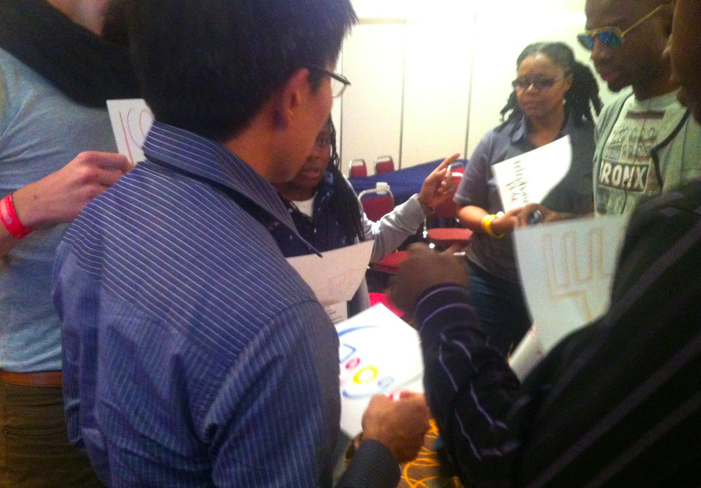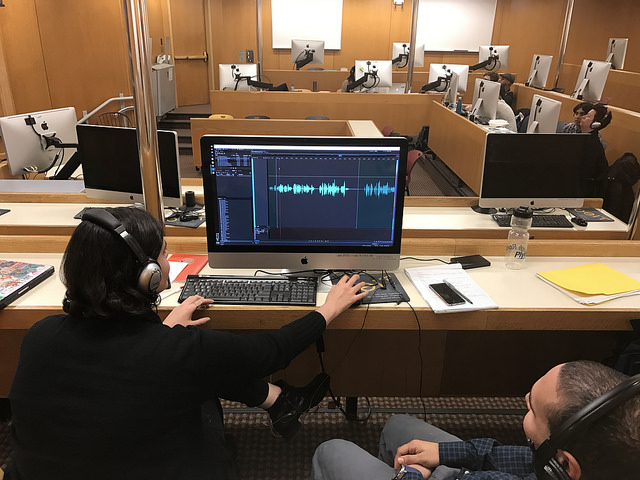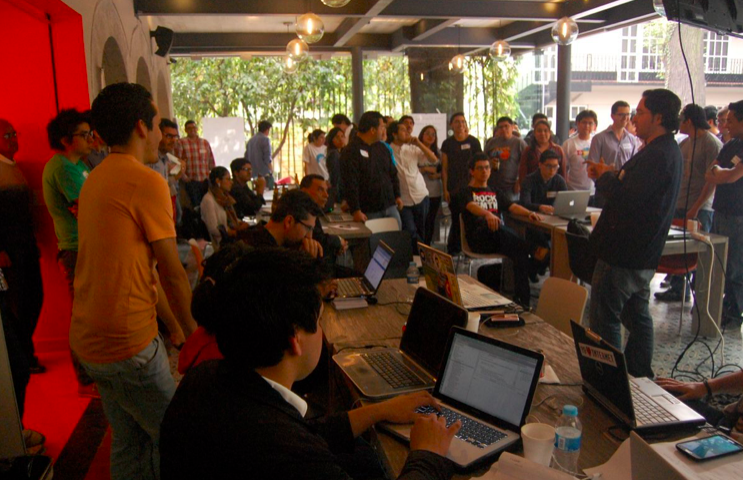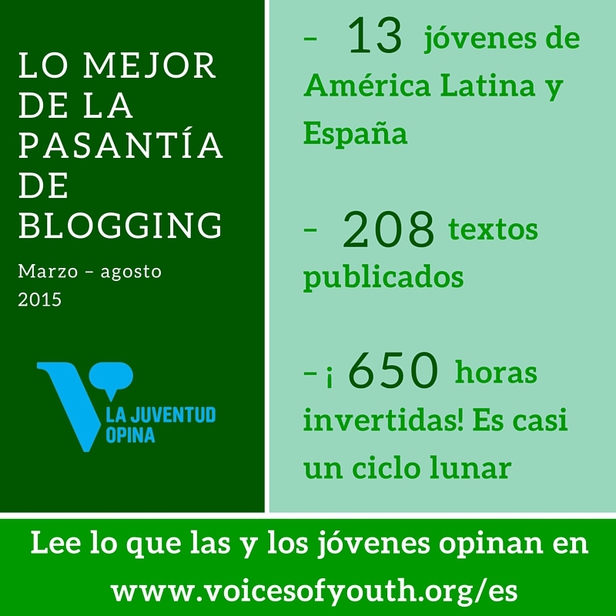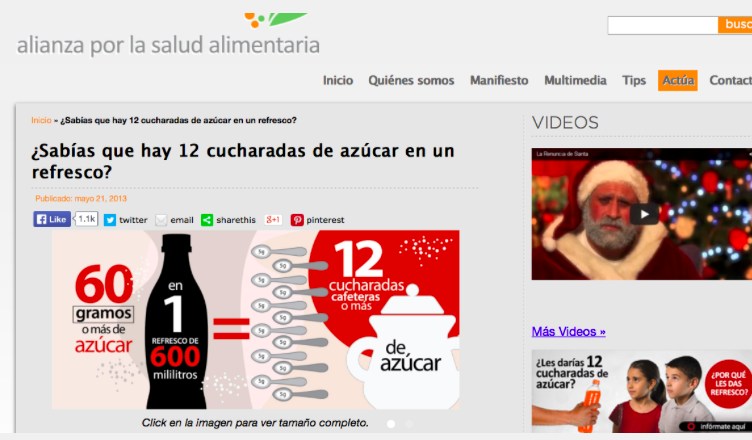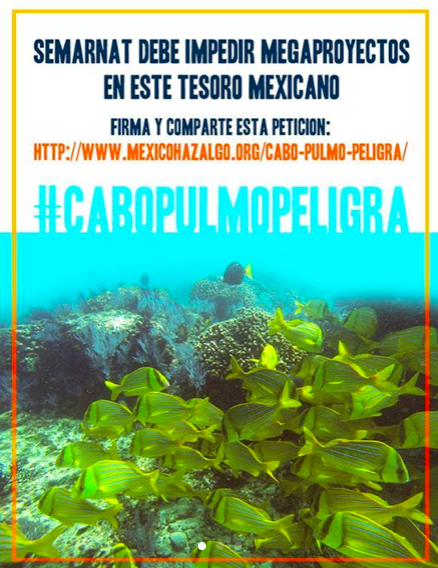Over the last decade, I have collaborated in over a hundred projects on new media and activism. My work tends to fit into the following areas:
- Research
- Knowledge management
- Instructional design
- Strategic communications
- Media-making
- Participatory processes
- Community building and organizing
The guiding principles for my work in this regard:
My work in technological inclusion is guided by a deep commitment to intersectional analysis, thinking first and foremost of who will be most affected by our intervention, and of those who are facing the problems and whose creative resistance we should support. I believe design justice is the best framework to account for this.
I believe we must seize the power of creative interactions to promote change, which means we must aim to communicate long term processes; not just isolated events. “Communications strategies must amplify not only our voice, but our outlook; through them, we should resignify what has been stigmatized” (Miguel Ángel Vásquez, EDUCA).
I am a convener and love to see all of our projects grow through collaborations, which is why I identify more as a facilitator than as an educator. However, I also participate in academic teaching processes, for which I wrote a teaching philosophy statement.
Finally, as a former youth activist who is still an ally of youth movements, I recognize that youth have specific developmental needs, but also agency. I believe our joint processes should strengthen intergenerational ties that gaps in technology adoption might have made invisible.
Across all these lines of work, I am a strategist always thinking of how best to align our efforts with our long-term intentions.
Here are some examples of my work:

